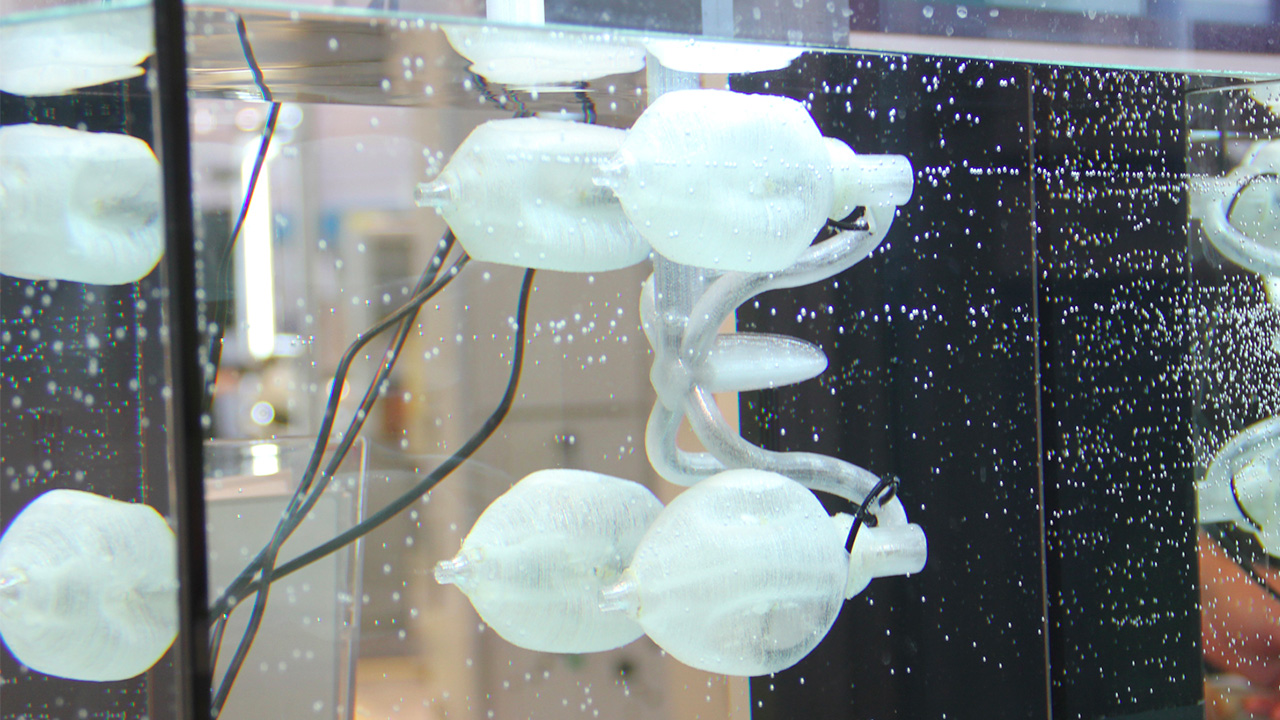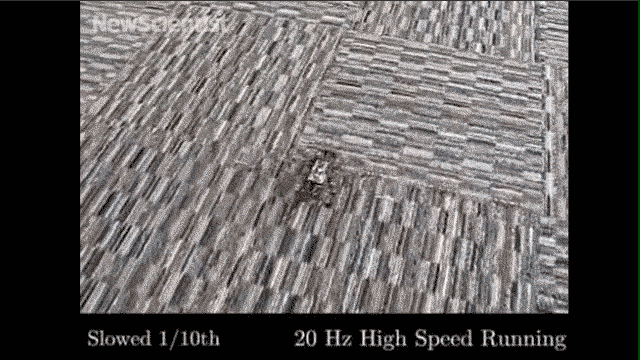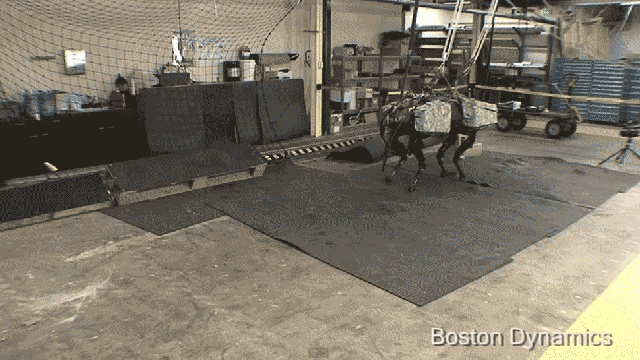Some of our greatest inventors have looked to nature for inspiration. So it’s no coincidence that the earliest known designs for what would eventually become the modern aeroplane were all based on birds. Or why we may one day have nearly indestructible armour inspired by seahorses. This type of design, called biomimicry, is what’s driving such rapid advancements in the field of robotics, among many other disciplines. Here’s the best animal aping science has come up with yet.
What’s Biomimicry, Exactly?
Janine Benyus, author of six books on biomimicry and the co-founder of the Biomimicry Institute, describes biomimicry like so:
Biomimicry is the conscious emulation of life’s genius. The word “conscious” refers to intent — it is not enough to design something without nature’s help and then in retrospect say, “This reminds me of something in the natural world.” That’s called convergent evolution, but it’s not biomimicry. Biomimicry implies conscious forethought, an active seeking of nature’s advice before something is designed.
The word “emulation” is also carefully chosen, because it is more nuanced than mere copying or slavish imitation. Biomimics may study a spider to learn about sensing, fibre manufacture, adhesion, or tensegrity, but we are not actually trying to recreate the spider. What we’re trying to emulate are the design principles and living lessons of the spider. How a spider meets its needs while helping to enhance its habitat is as important to a biomimic as how it spins its silk.
Benyus goes on to say that biomimicry is based on three basic principles that mimic, process, and systemically replicate nature for the purposes of aiding in the design process. A prime example of the first principle, Natural Form, are the cocklebur plants that inspired velcro. The second, Natural Process, examines how things are actually made. The third, Natural Ecosystems, looks at the implications on the environment.
Got it? Good. Now time for the fun stuff.
Sea
The Salamandra Robotica II is an amphibious salamander-like bot with foldable limbs that allow it to walk, swim and crawl. Even cooler (or creepier) is that each module is self-contained, and can work independently if detached from the main body.

There doesn’t appear to be any video available of this low-cost octopod-inspired propulsion system, which is a shame considering how quickly squids can jet away. But its practical applications seem to be up for debate.
Air
Brown University’s robotic bat wing somehow manages to replicate the creature’s exact in-flight motion. Even more interesting is just how thin the stretchable membranes are that allow bats to be stealthier and more exact in their movements when compared to birds.
DARPA has been working on its Hummingbird drone since 2006. The tiny drone flutters like its namesake and fits in the palm of your hand.
While its movements are slightly off compared to the real thing, if you threw some feathers on Festo’s smartbird, you might not notice that it’s actually a robot.
Land
Boston Dynamics’ BigDog might just be the scariest bot to date. Maybe it’s the articulated legs, lack of face or unsettling trot, but when this bionic head-less dog can now throw cinder blocks, the day of reckoning can’t be too far off.

As if actual cockroaches weren’t horrible enough, this is the cardboard cockroach. It’s the second-fastest legged robot. I can’t tell what’s worse: This or the flea-like bot that can jump over fences.
It doesn’t look like much but UC Berkeley’s Tail Actuated Yaw Robotic Autonomous Crawling Hexapod — or TAYLRoACH for short — has been dubbed the fastest-turning robot because of its tail. It not only provides the bot and animals with balance but also lightning fast agility enabling them to turn on a dime.
While the the applications for these projects are mostly either military, obscure, or both, it’s not unfathomable to think that bits and pieces from each of these may one day come together to create something that may be directly useful to the average citizen. Besides, who wouldn’t want a future where we’re riding Big Dogs of our very own?
